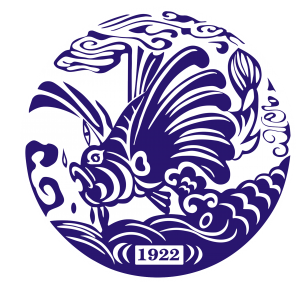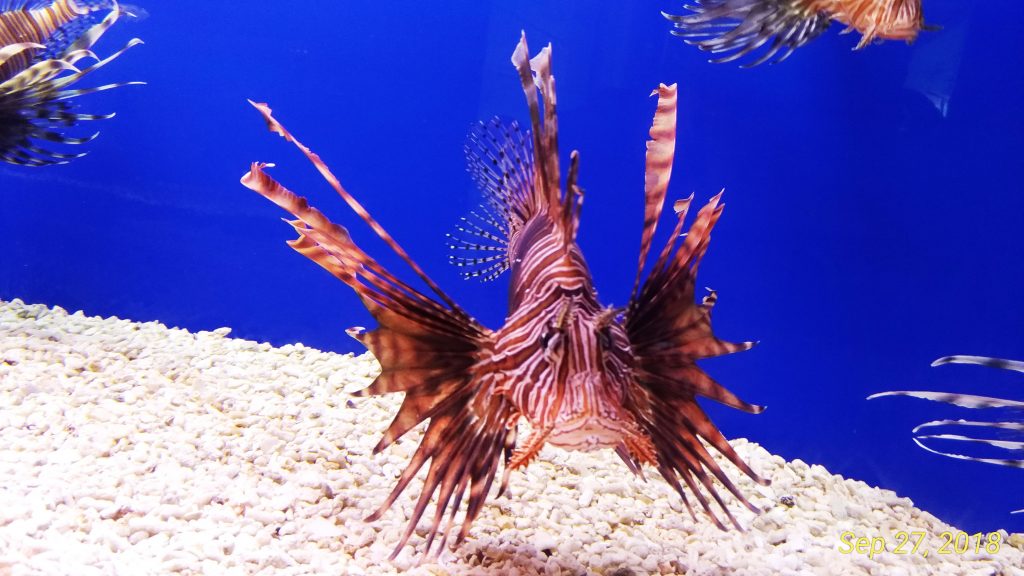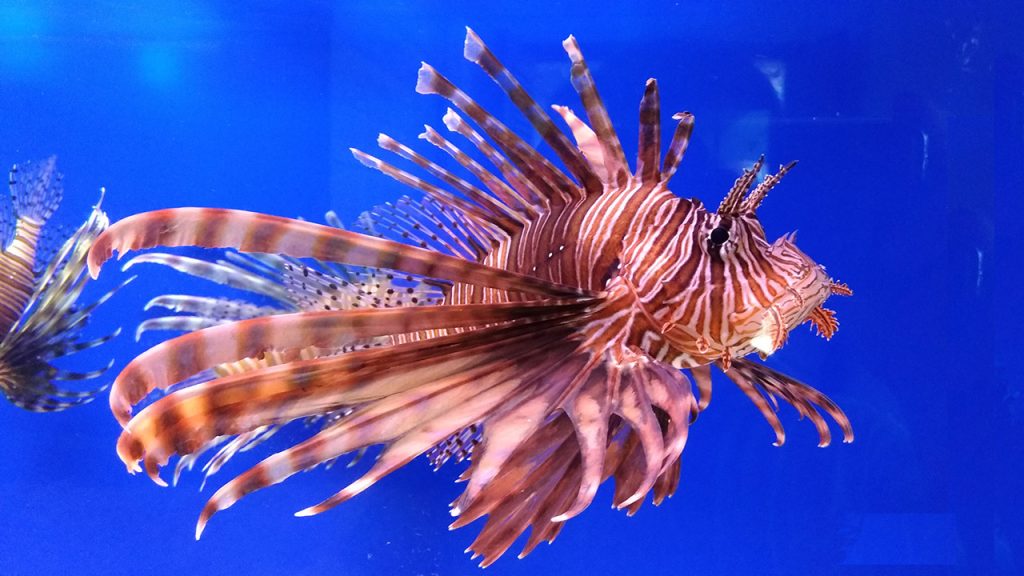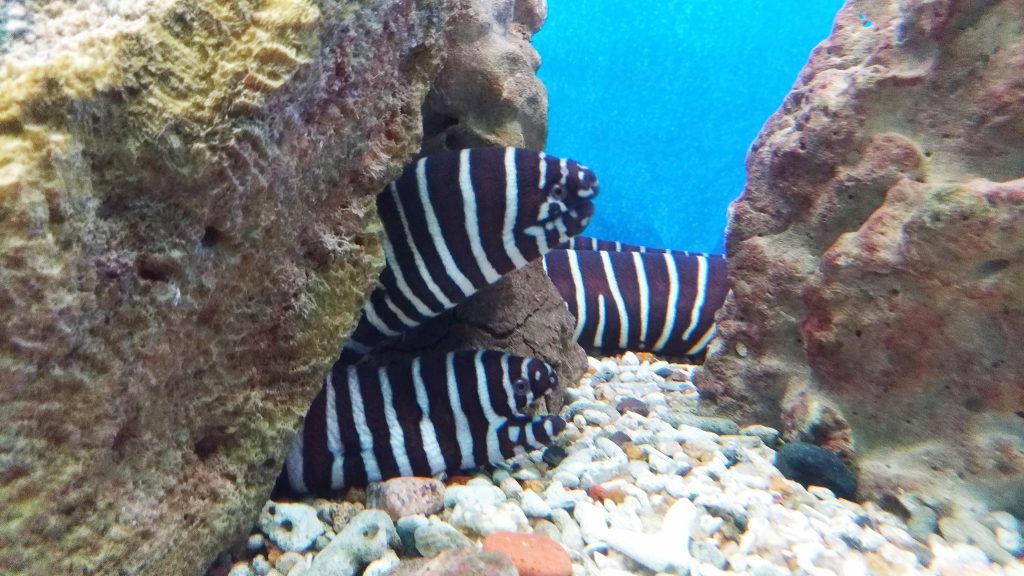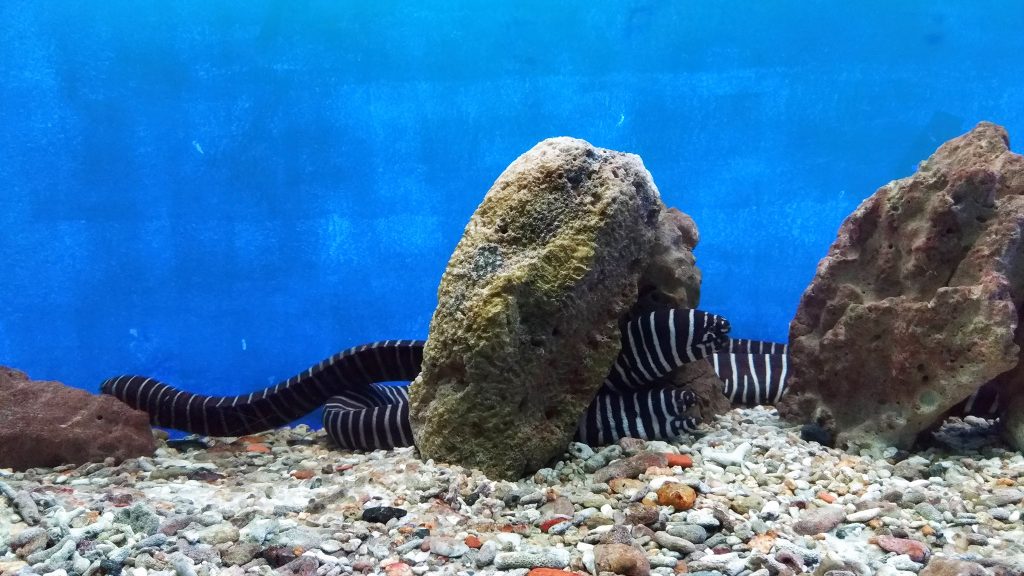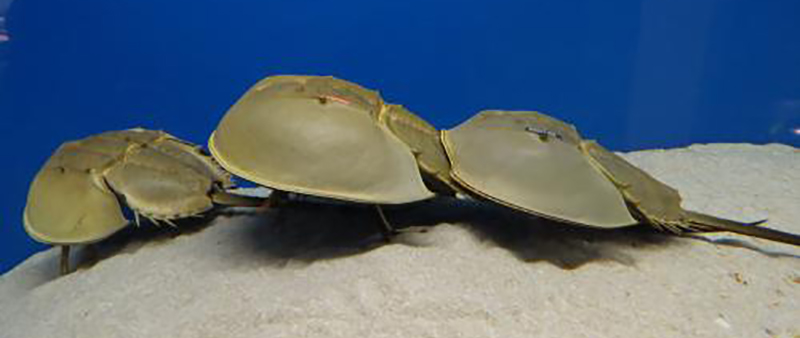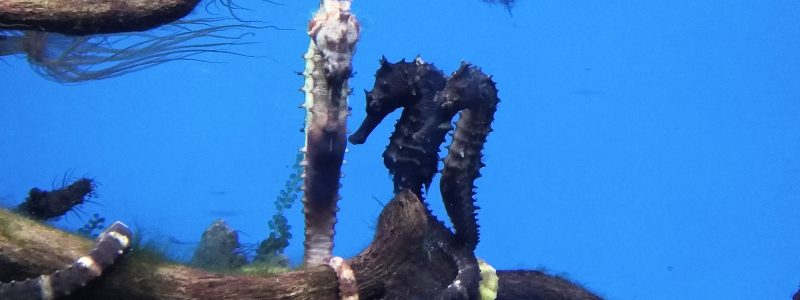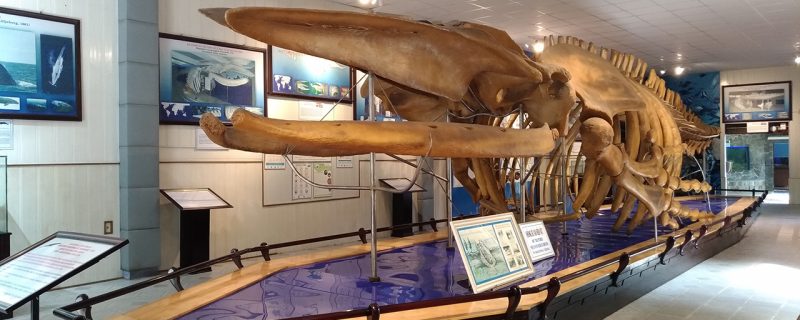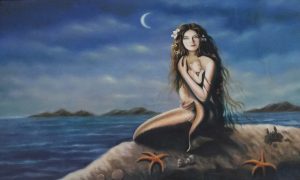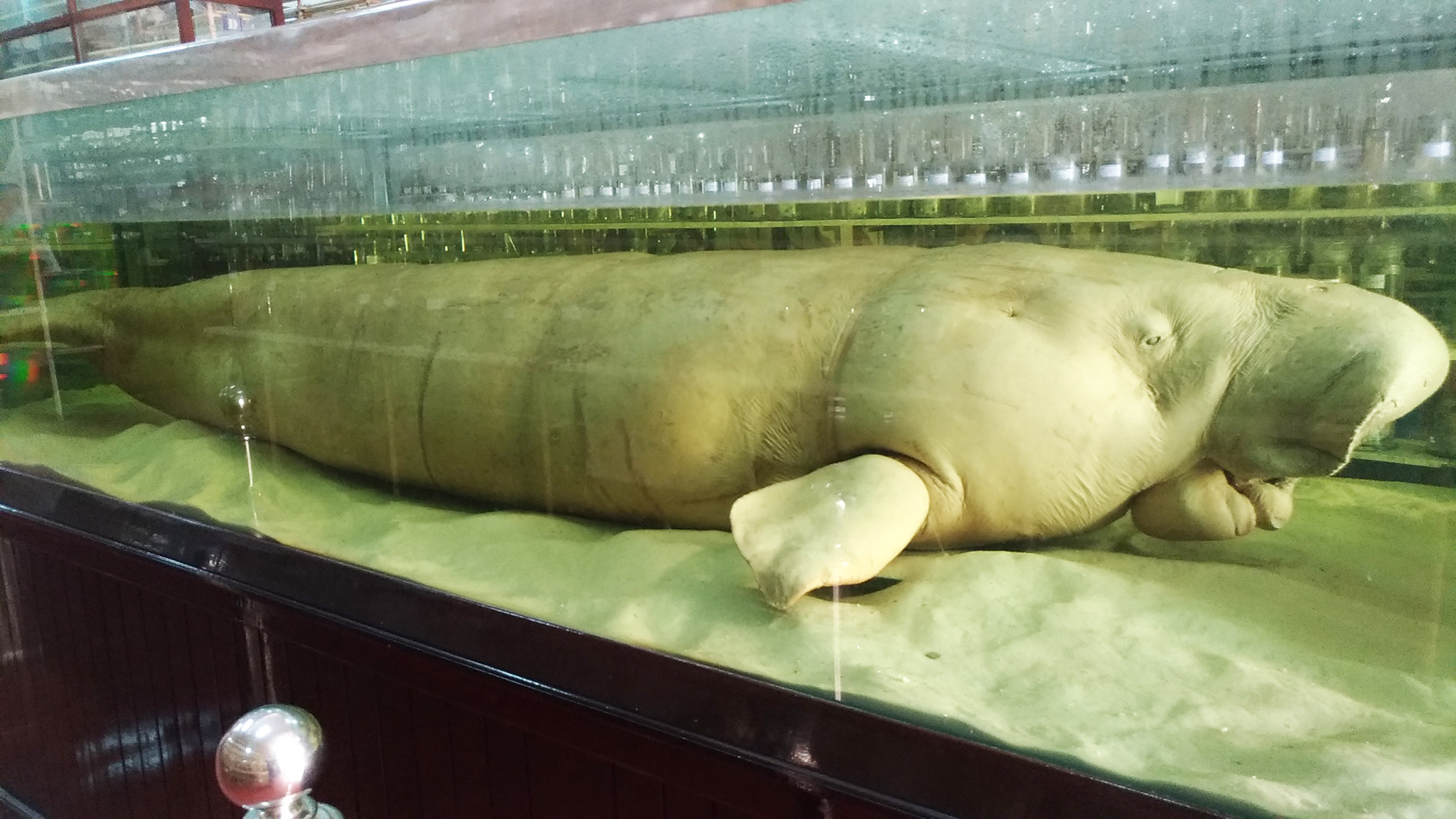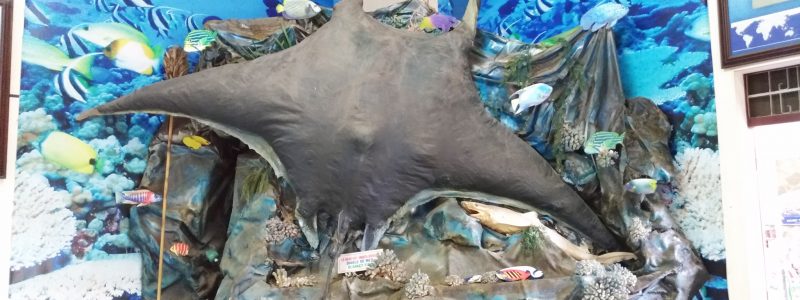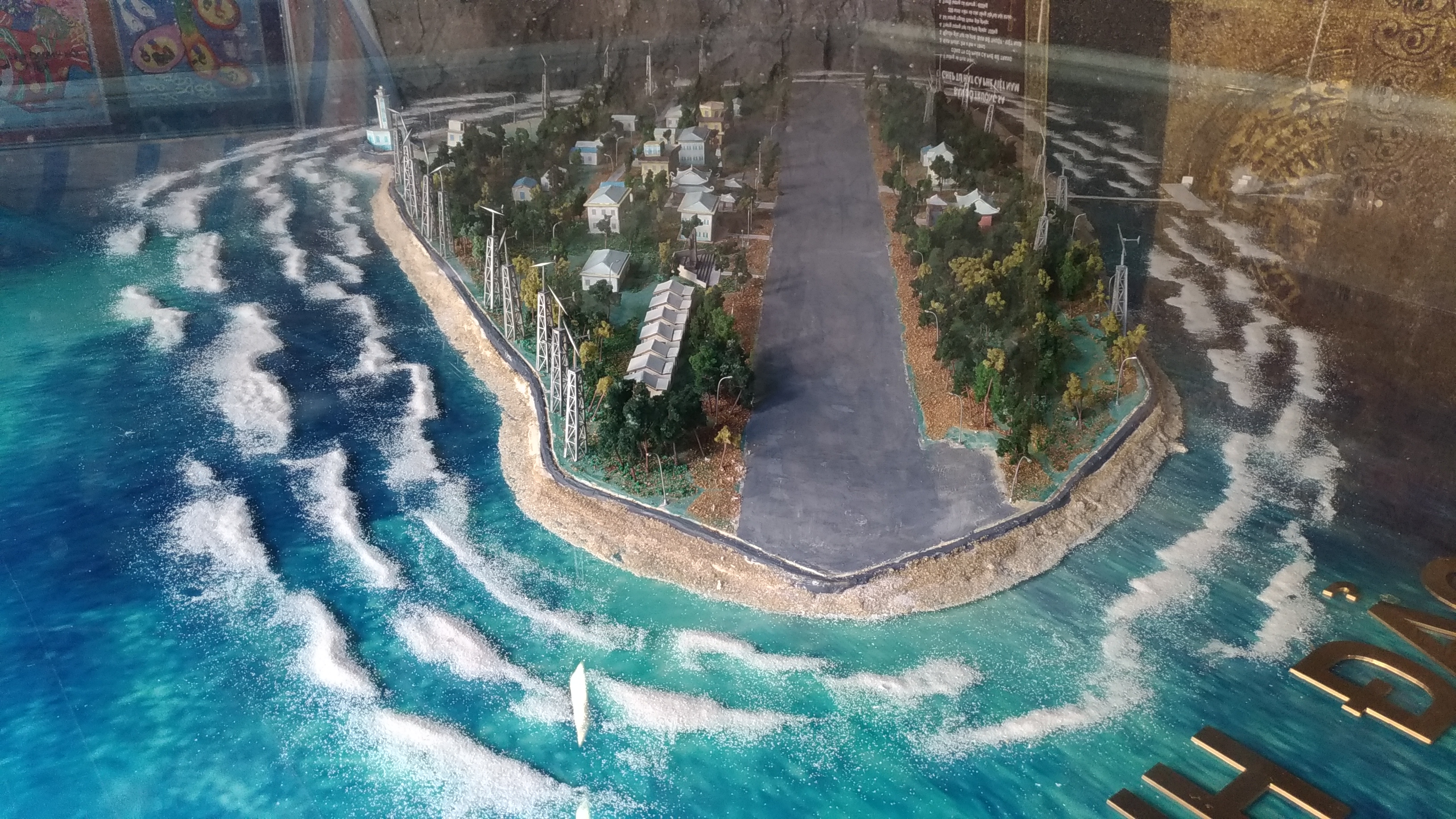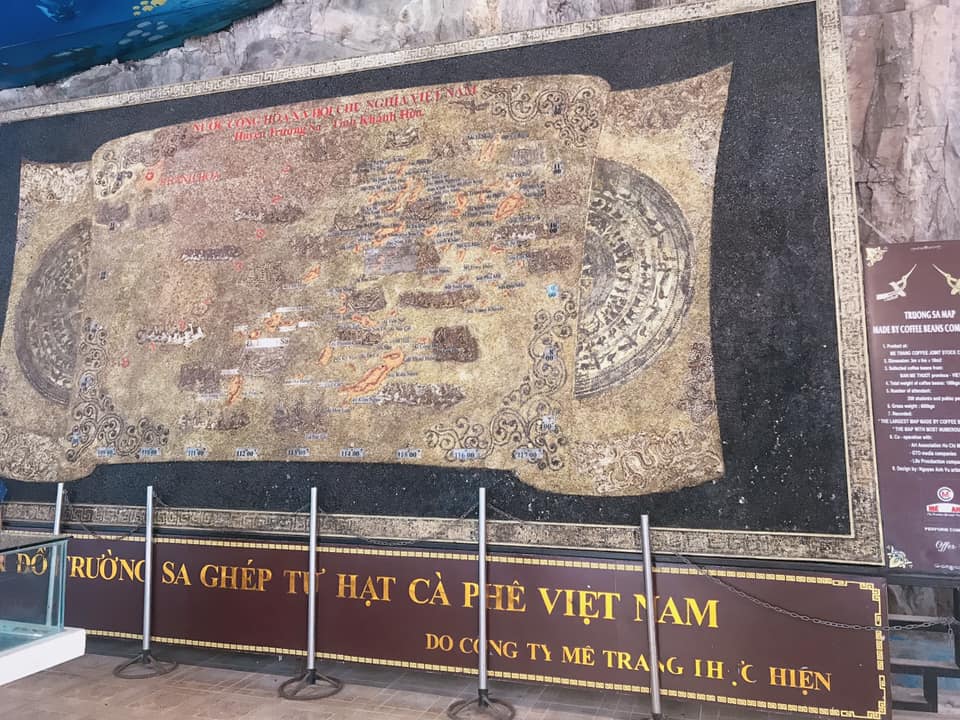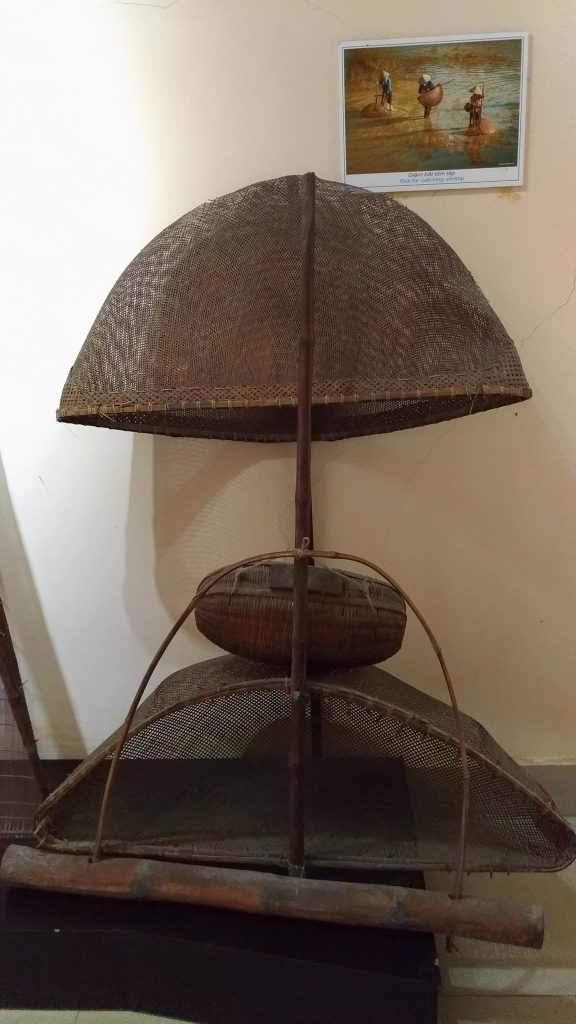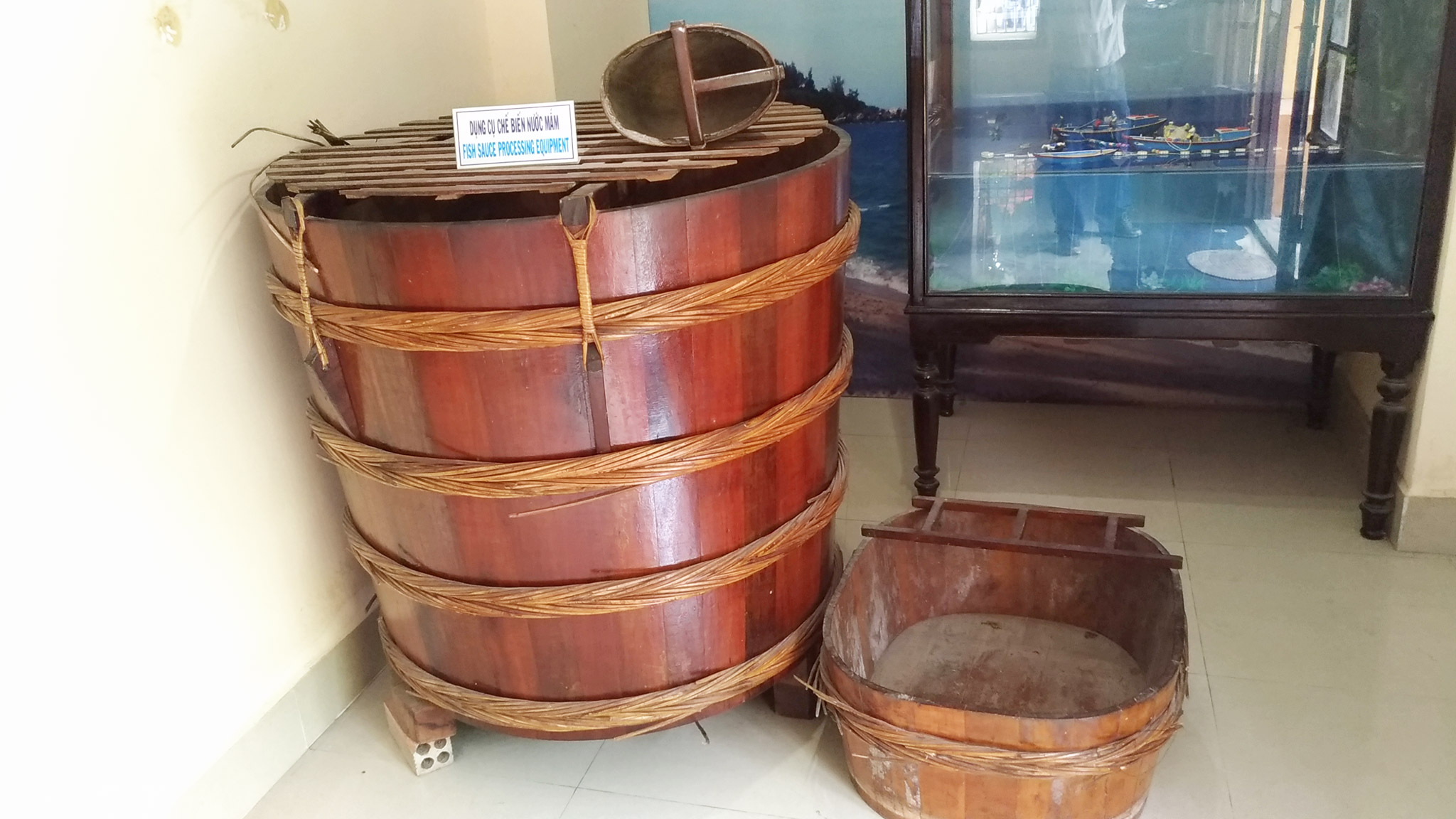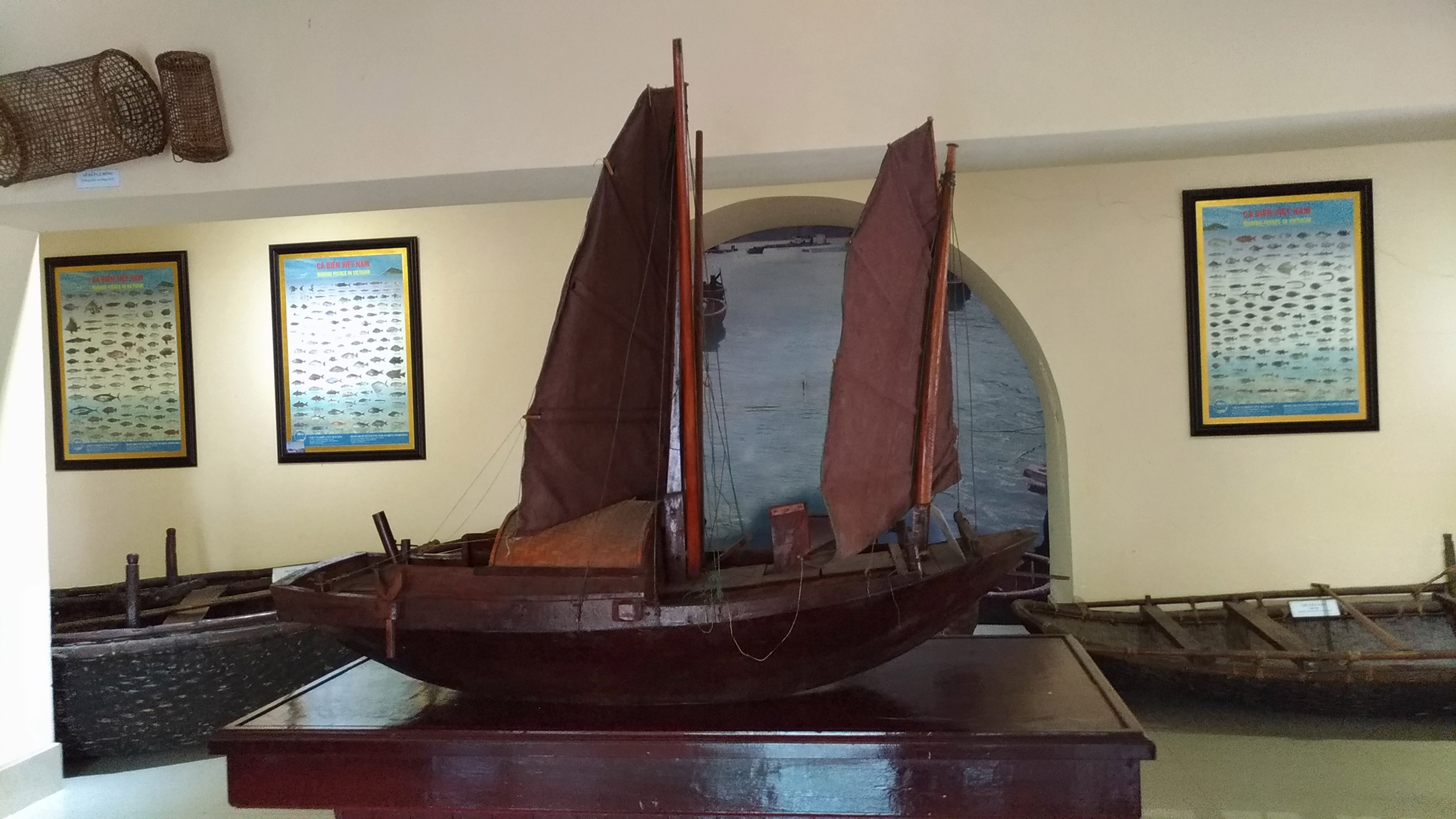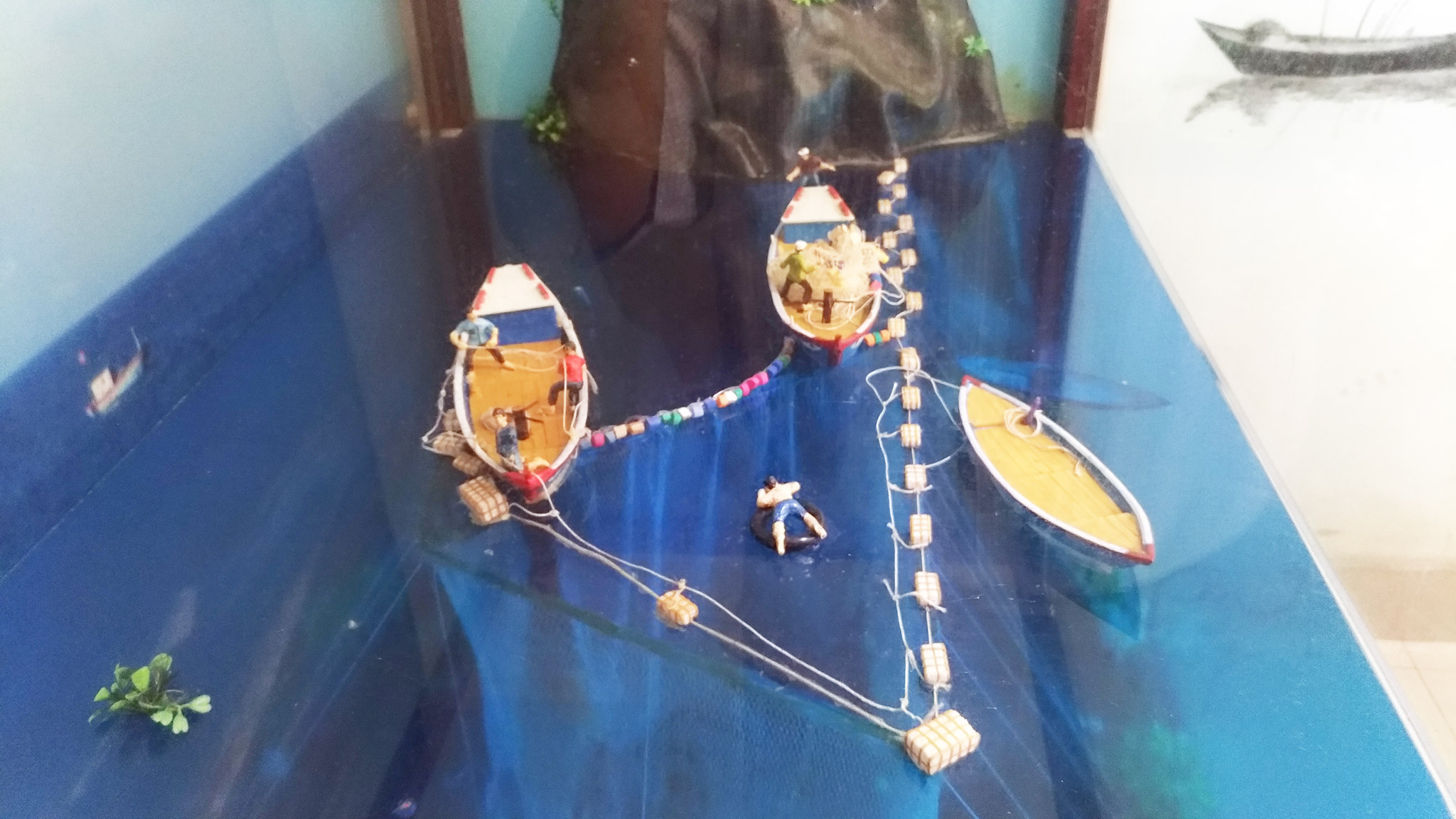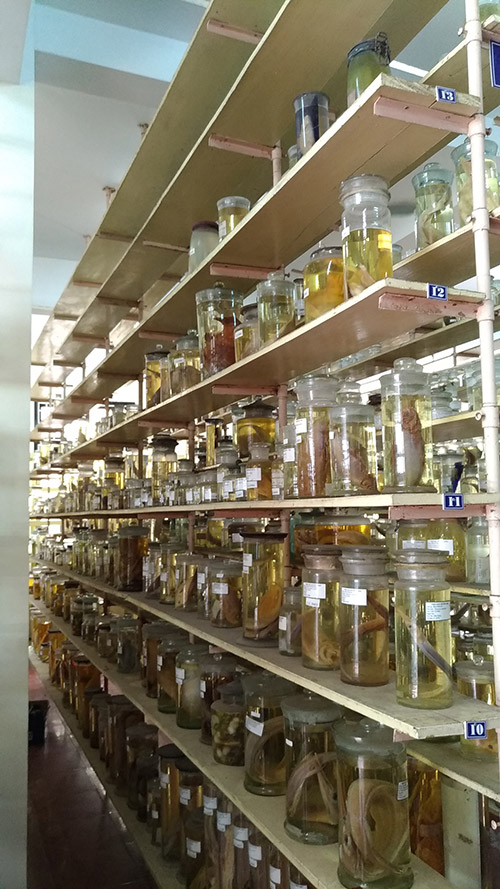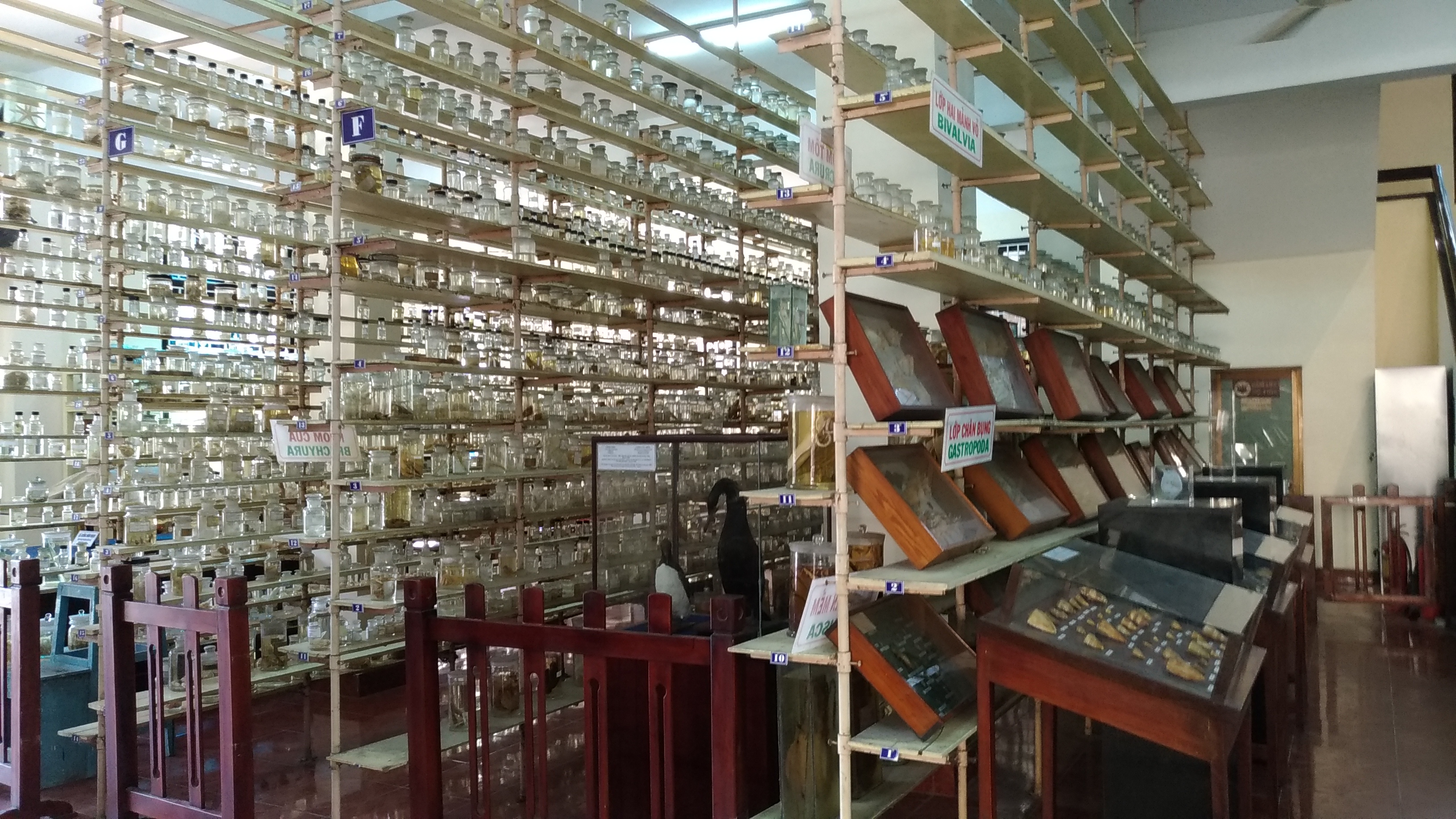Exhibition
Cùng khám phá khu trưng bày các loại sinh vật biển, mẫu vật...
Aquariums
The Aquarium was exhibited on an area of 5000m2 with more than 300 typical and valuable marine species (sea turtles , sharks, manta rays, eels, grouper, coral fish, sea fish, lobster,…) serving research, sightseeing as well as community education.
Large specimens
Specimens are collected and searched for many years. An impressive highlight in the Oceanographic Museum is the showroom of three large specimens, Hump-packed whale skeleton, Dugong and Manta birostris. The humpback whale skeleton (Megaptera novaeangliae) ,18 meters in long and 10 tons in weigh, was buried in the Red River Delta for at least more than 200 years; Dugong, this is a rare and endangered marine mammal; Manta birostris, the weight before processed is up to 1 ton, just only the liver is about 51 kg.
Artificial reefs
Artificial reefs are man-made habitats constructed underwater by natural or artificial materials that provide home bottom of poor living features. Artificial reefs are significant in many fields such as:
- Attract marine creatures as fish, molluscs, crustaceans, echinoderms … come to reside, to search for food, to hide from anemies, to reproduce, to grow and by this it will help to rehabilitate the degraded marine resources and conserve the biodiversity.
- Support coral conserve the coral reefs by providing substrates frameworks for corals and algae to attach.
- Prevent to use trawl – nets to fish in coastal waters and help to improve the bottom environment.
- Supply places for entertainment, tourism, sightseeing with activities such as relaxing fishing, snorkeling and diving to enjoy underwater views and many other related services. At the same time here are also the areas for educating love of nature, strengthening community knowledge in environmental and resources protection. Materials used to construct artificial reefs are very diverse, including waste products such as rubber tyres, damaged boats and ships, tanks being out of date for use … and structures made from concrete or plastic as well as fine arts products.
Paracel and Spratly Islands Marine resources
Paracel and Spratly islands marine resources exhibition area is designed in a tunnel through Bao Dai mountain, nearly 100 m long and about 5 m high. The construction of the exhibition area of Paracel and Spratly islands marine resources helps the public better understand the economic values, ecological environment, security and national defense … on the two sacred islands of the country Thereby, raising the awareness and further loving these two sacred islands.
Coming here, visitors can admire hundreds of specimens taken from the Paracel and Spratly waters such as: moon fish from Truong Sa in 1998; giant mackerel weighs 70 kg and 4m long from Truong Sa. The species of corals, giant clams,… with very unique shapes. Besides, geological samples were collected from these two archipelagos: volcanic bombs collected in 1989 in Phan Vinh Island (belonging to Paracel archipelago), coral limestone, creatures’ shells … the gallery also has a marine life zone, visitors also can enjoy the living species, which are typical species, distributed in the archipelago Paracel and Spratly in Aquarium Institute.
Marine biodiversity showroom
The Marine biodiversity exhibition area is the place for displaying and preserving marine animal specimens – the largest source of marine heritage in Vietnam today. A large and precious collection of marine organisms is preserved and conserved with about 23.000 samples belonging to 5.000 species (including the groups: marine flora, sponge, coelenterata, mollusc, crustacean, echinoderm, fish, reptile, marine mammal). A set of marine life samples includes species existing in Vietnamese sea and adjacent waters. Beside the valuable scientific samples, the Museum also preserves many rare specimens such as sturgeon (Acipenser sinensis), king crab (Paralithoides sp.), sharptail mola (Masturus lanceolatus), giant clam (Tridacna gigas) with the weight of 145 kg, giant flying cuttlefish (Thysanoteuthis rhombus), whale (Pseudorca crassidens), seal (Phoca larga)…
In October 2012, The Oceanographic Museum was recorded “The largest collection of marine life specimens” by Viet Nam Record Book Center (VietKings).
